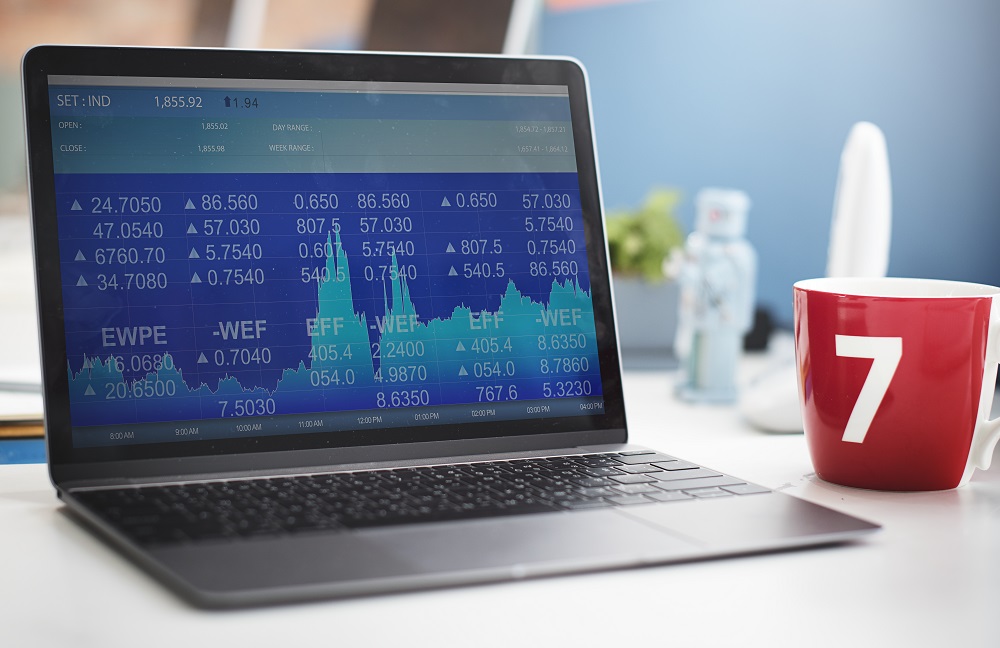As businesses are becoming more and more data-centric, companies are on a constant lookout for effective means to harness big data and benefit from its transformative potential. Data analytics, a subdivision of data science, is an enabling technology that aims to help organizations capitalize the behemoth data that is growing at an exponential rate currently.
Insights-driven businesses witness a 30% growth every year (Forrester). In simple terms, data is driving today’s world and frontier technologies such as data analytics, AI, machine learning, deep learning, etc. play a major role in unleashing the potential of big data.
Big data analytics has practically disrupted almost all markets. The stock market is no exception. Let’s understand the impact of data analytics in the stock market universe and how it is influencing trading in the digital age.
Impact of data analytics in the stock market
Economic globalization is profoundly influencing the value of stocks today. For instance, a plane crash in Asia quickly impacts the manufacturer’s stock value in American exchanges. Price sensitive data is generated at scale and lightning speed today, which makes it even more complicated for the human brain to process and digest the voluminous data completely.
Aspects such as constant monitoring of data, quick and accurate processing of the tick-by-tick price, real-time news feeds, even tweets to glean timely insights, are beyond human capabilities. However, machines can perform these tasks continuously and tirelessly. Though technologies like data analytics and machine learning are nowhere near perfect yet, they certainly complement human capabilities to perform better diversification, risk management and trade cost-cutting.
In the world of the stock market, it is not a matter of man vs machine, rather man and machine, as together with human intelligence and technologyadvancements, individual investors and traders can gain the ability to promptly respond to the fast-changing market conditions.
While humans possess the ability to analyze data in a contextual manner and create a convincing hypothesis, enabling technologies such as data analytics and machine learning, collectively enable people to validate, test, and execute the hypothesis more efficiently. In fact, financial technology innovations are enabling traders and individual investors to learn more about algorithmic and quantitative trading to keep pace with changing market dynamics and seize potential opportunities at the right time.









